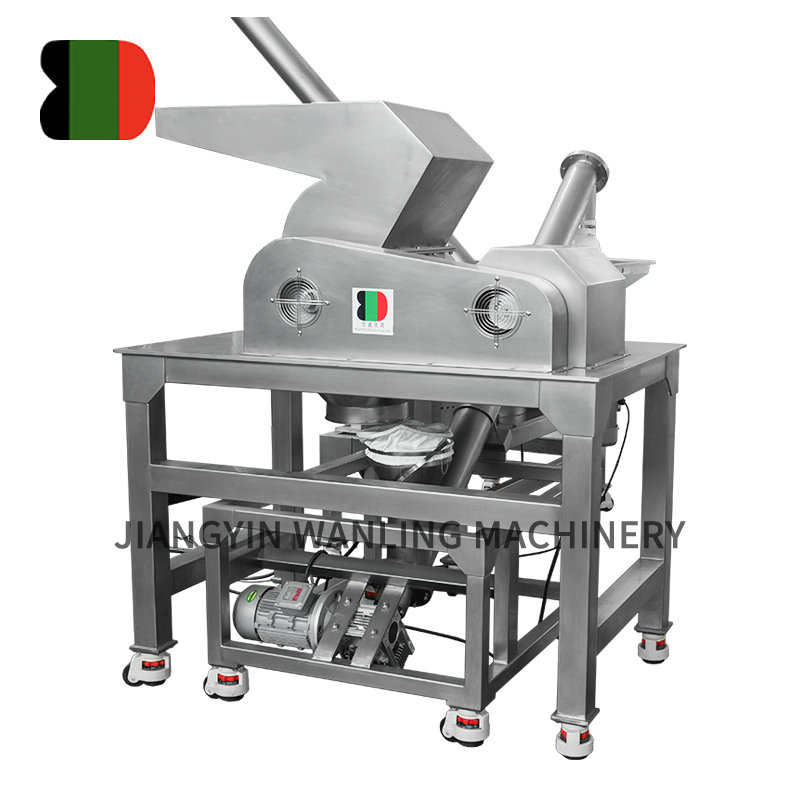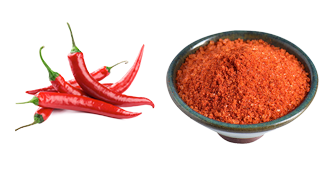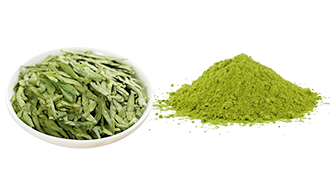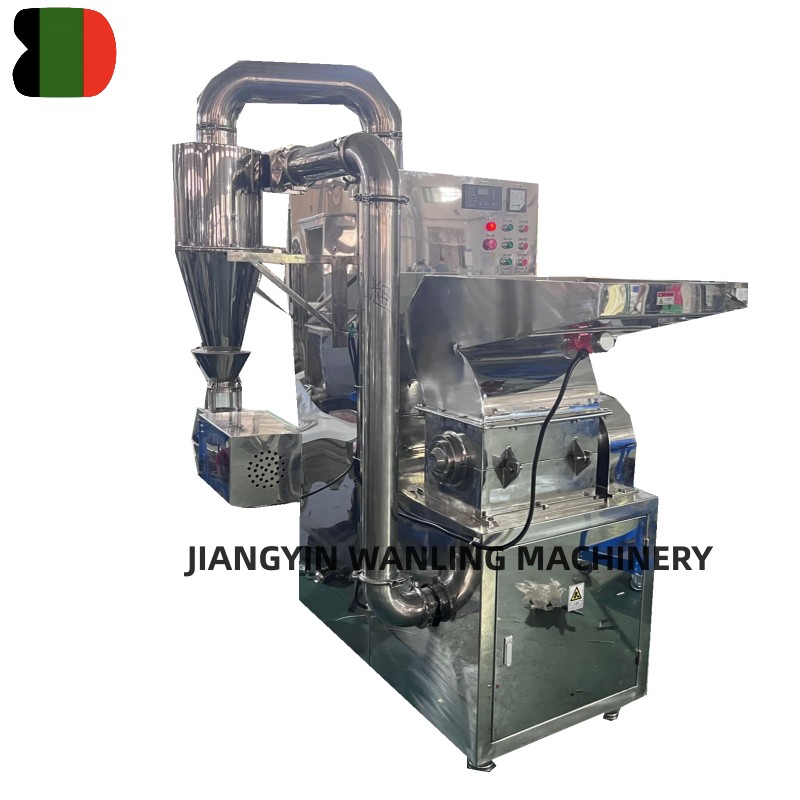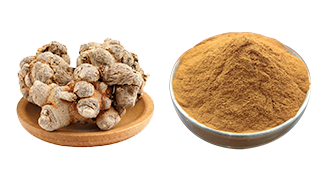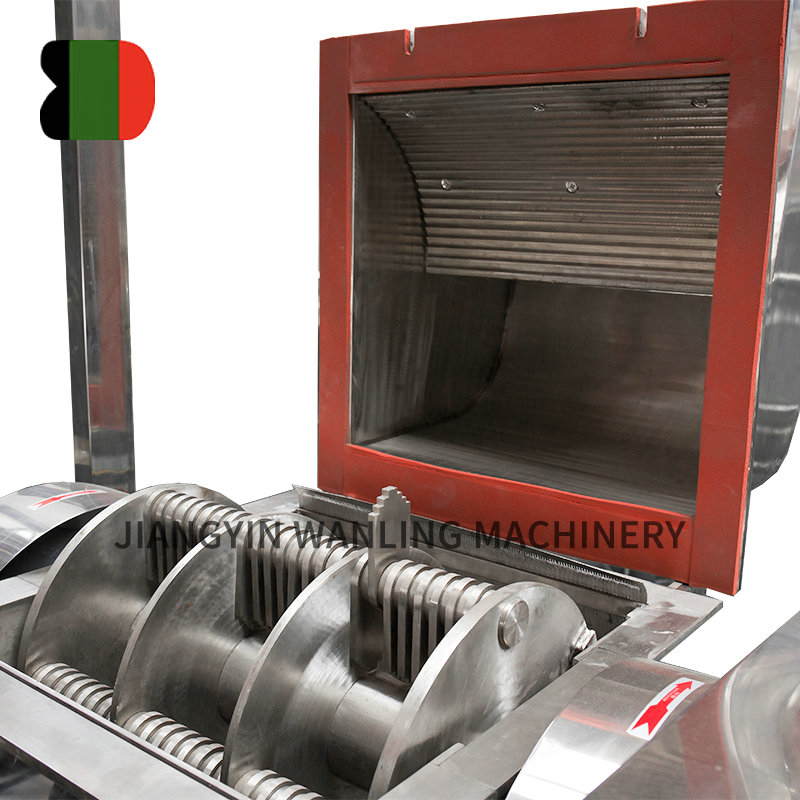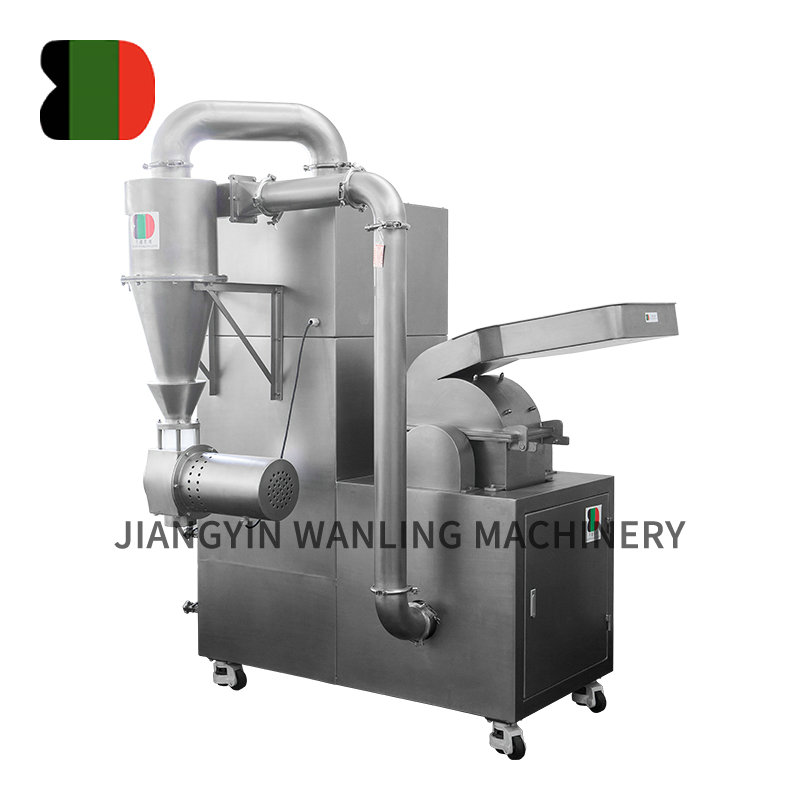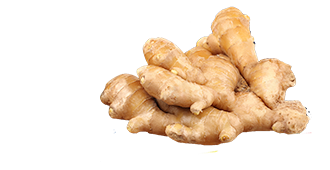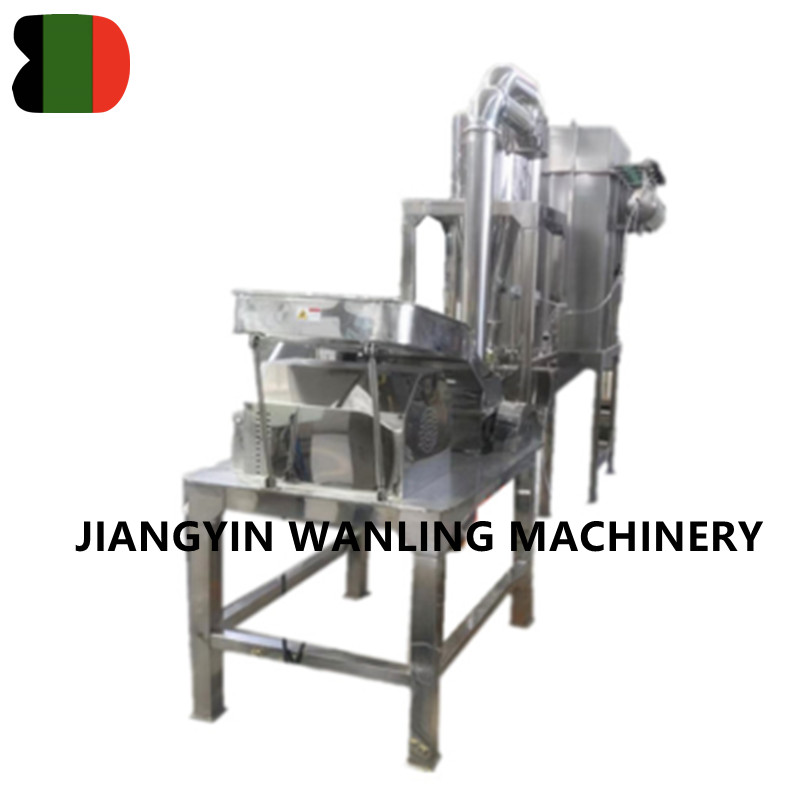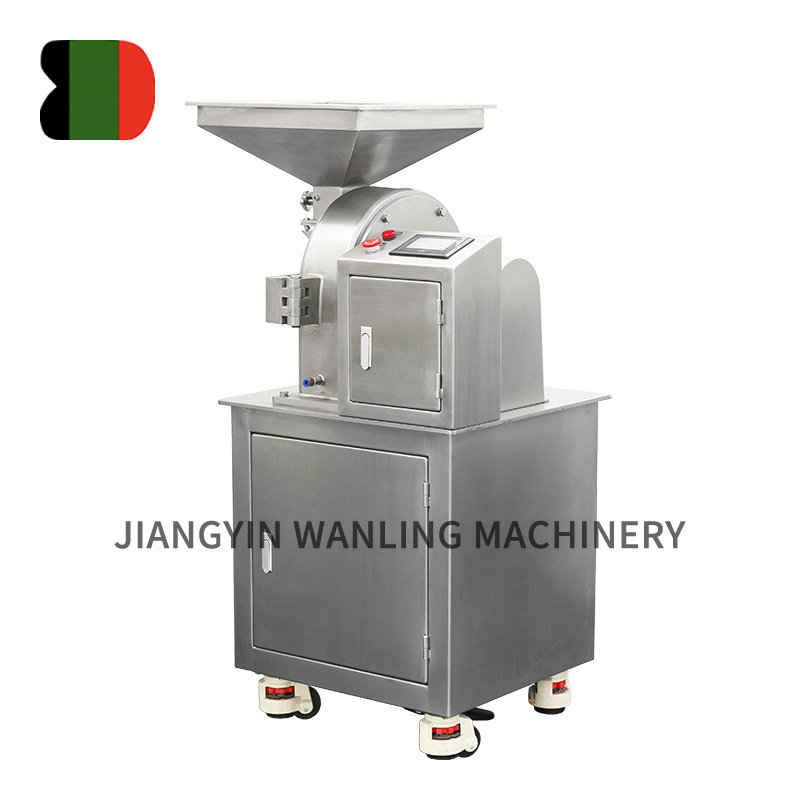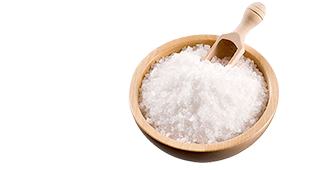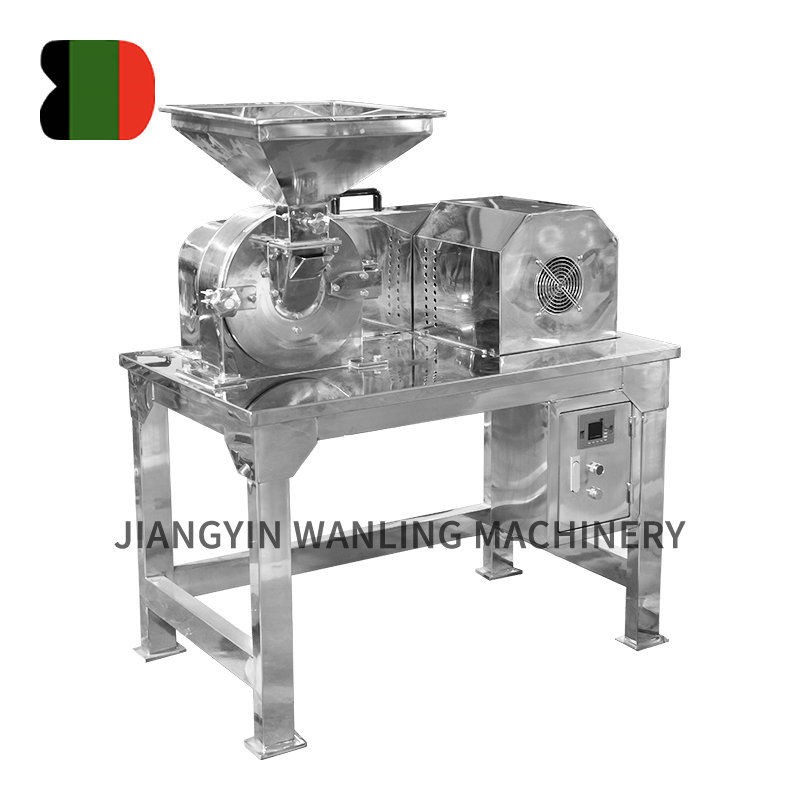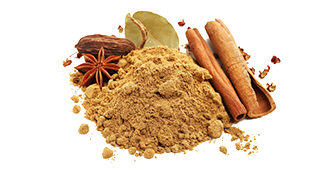The design of a double cone blender plays a crucial role in enhancing its mixing efficiency, making it a preferred choice for blending dry powders and granules in industries such as pharmaceuticals, food, chemicals, and cosmetics. The blender’s unique shape and operating principles optimize the homogeneity and consistency of mixtures while minimizing material degradation.
Key Design Features That Enhance Mixing Efficiency
1. Double Cone Shape
The blender consists of two conical sections joined at their bases, forming a symmetrical, hourglass-like vessel. This shape ensures:
-
Uniform Movement of Materials: As the blender rotates around its horizontal axis, the powders inside continuously cascade and tumble over each other. The double cone geometry facilitates even distribution and consistent flow of the materials, preventing dead zones where powders might settle and remain unmixed.
-
Reduced Segregation: The symmetrical shape helps minimize particle segregation by promoting multidirectional mixing, which is especially important when blending powders of different particle sizes or densities.
2. Rotation Mechanism
The entire blender rotates slowly around its horizontal axis, typically at speeds between 10 to 30 revolutions per minute (RPM). This slow rotation:
-
Gentle Mixing Action: The tumbling action gently blends the materials without causing excessive friction, heat, or particle degradation, preserving the physical and chemical properties of sensitive ingredients.
-
Improved Homogeneity: The continuous rotation allows powders to repeatedly lift, separate, and recombine, leading to a highly uniform mixture.
3. Internal Volume and Free Space
The blender is usually filled to 40-60% of its total volume with material. This partially filled condition:
-
Promotes Effective Mixing: Adequate free space allows the powders to move freely within the vessel, encouraging dynamic tumbling and folding actions that accelerate blending.
-
Prevents Overloading: Avoids compaction and dead zones that reduce mixing efficiency.
4. Smooth Interior Surface
The inner surfaces of the double cone blender are polished and seamless, typically made from stainless steel:
-
Minimizes Material Adherence: The smooth finish prevents powders from sticking to the vessel walls, reducing material loss and contamination risk.
-
Enhances Cleaning Efficiency: A polished surface is easier to clean, important for hygiene and product changeover.
5. Balanced Construction
The double cone design is inherently balanced and symmetric, allowing:
-
Stable Operation: Minimal vibration and noise during rotation, which not only improves operator safety and comfort but also ensures smooth and consistent blending.
-
Energy Efficiency: Balanced rotation reduces mechanical stress on the motor and bearings, optimizing power consumption.
Benefits of the Design for Mixing Efficiency
-
Uniform Blending: The combination of shape and rotation results in consistent particle distribution throughout the batch.
-
Low Shear Mixing: Suitable for fragile or heat-sensitive materials, avoiding degradation or alteration of the product.
-
Versatility: Effective for blending a wide range of powder types and granules, including those with varying densities.
-
Reduced Cycle Times: Efficient tumbling action leads to shorter mixing cycles compared to some other blender designs.
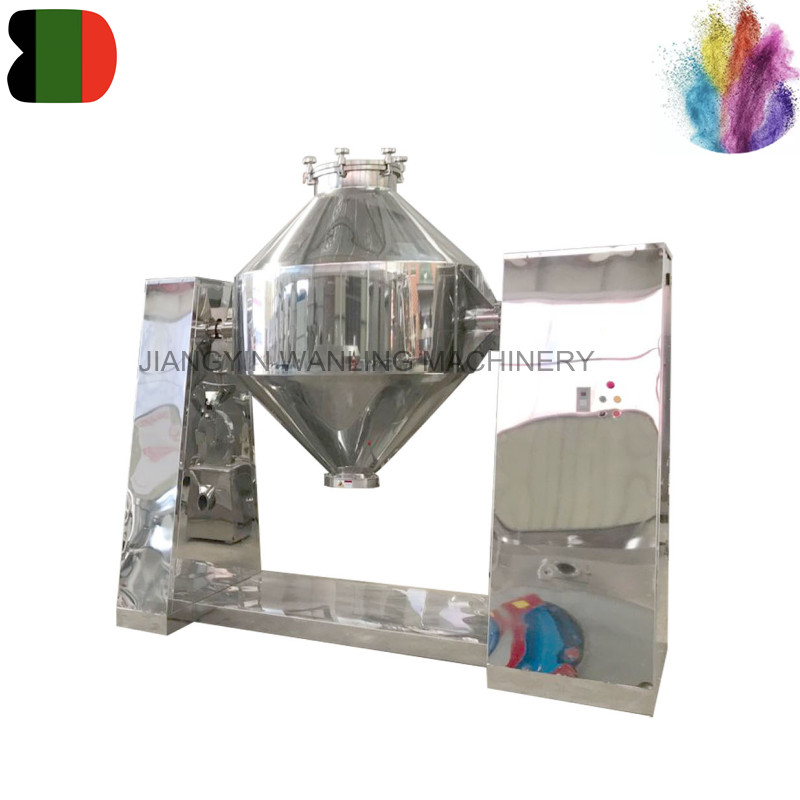
Conclusion
The double cone blender’s design—characterized by its distinctive double conical shape, slow rotational movement, partially filled vessel, smooth interior, and balanced construction—optimizes mixing efficiency by promoting gentle, thorough, and uniform blending of powders and granules. This makes it ideal for industries that demand high-quality, homogeneous mixtures without compromising the integrity of sensitive materials.



 Español
Español